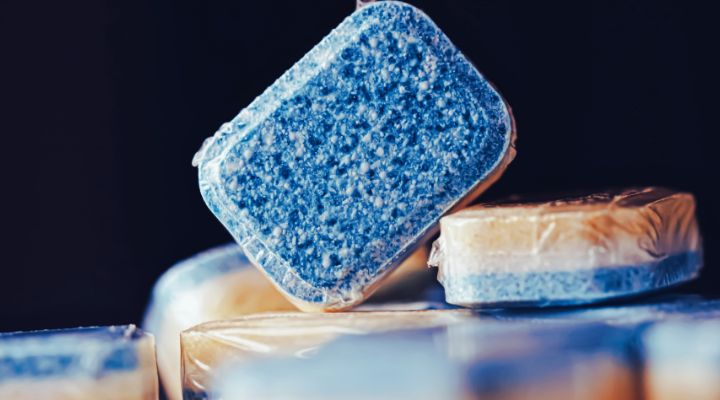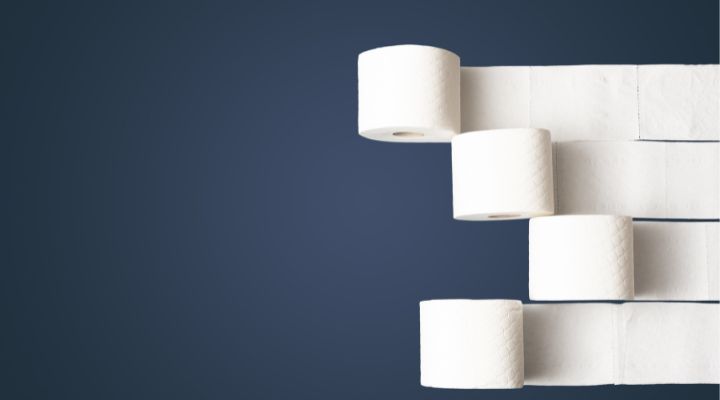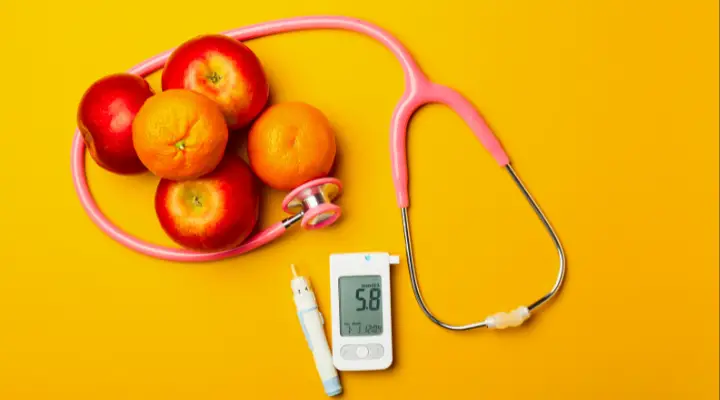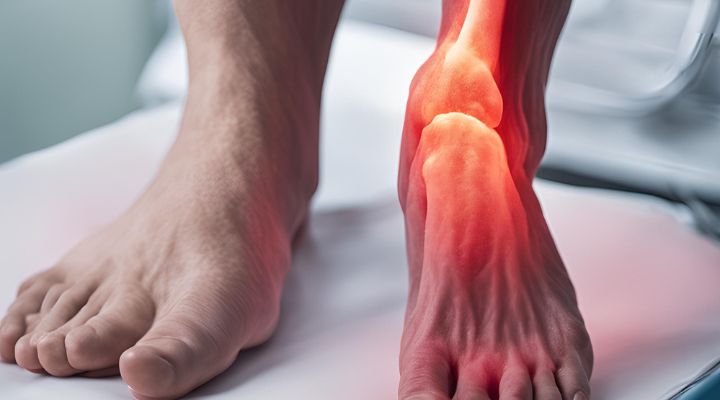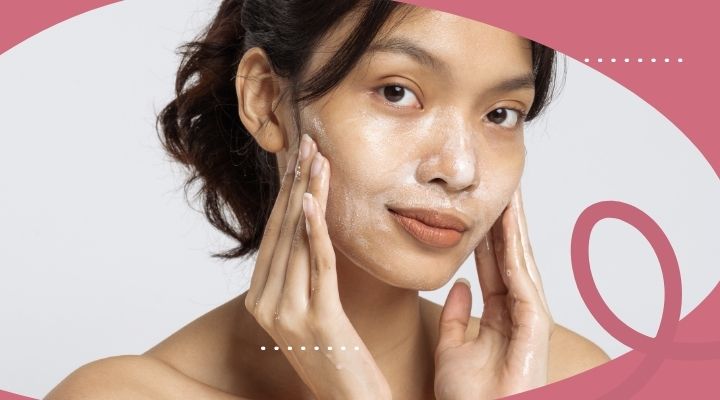Dishwasher tablets are a versatile and often underestimated household product. Beyond their primary use for sparkling dishes, these compact cleaning powerhouses have a wide range of applications that can save you time, effort, and money. Below, we explore 10 ingenious ways to use dishwasher tablets that will revolutionize how you tackle household tasks.
1. Revive Burnt Pots and Pans
Dealing with stubborn burnt residue in your pots and pans? A dishwasher tablet can work wonders. Fill the cookware with hot water, drop in a tablet, and let it soak for an hour. The tablet’s potent cleaning agents break down the residue, making it effortless to scrub away.
2. Clean Your Oven Effortlessly
Scrubbing the oven is one of the most dreaded cleaning chores. Simplify it with a dishwasher tablet! Scrub the oven racks and walls carefully after dipping the tablet in warm water. The tablet removes grease and baked-on grime, leaving your oven spotless with minimal effort.
3. Refresh White Laundry
Dishwasher tablets are surprisingly effective at whitening clothes. Add a tablet to your washing machine along with your regular detergent, especially for whites and heavily soiled garments. The powerful enzymes lift stains and brighten fabrics without damaging them.
4. Eliminate Bathroom Grime
Tiles and grout in bathrooms often accumulate soap scum and mold. A damp dishwasher tablet can be used to scrub these surfaces clean. It dissolves buildup quickly, leaving your bathroom sparkling clean and free from unpleasant odors.
5. Unclog Drains
When dealing with clogged or slow-draining sinks, a dishwasher tablet can come to the rescue. Dissolve a tablet in boiling water and pour it down the drain. The combination of heat and cleaning agents helps to break down grease and other blockages.
6. Polish Glass Surfaces
Dishwasher tablets are excellent for restoring the clarity of glass surfaces. Dissolve one in warm water, dip a soft cloth into the solution, and gently clean windows, mirrors, or glass tabletops. Your glass surfaces will be streak-free and gleaming.
7. Remove Grease from Baking Trays
Baking trays are notorious for accumulating tough grease. Soak them in hot water with a dissolved dishwasher tablet for 30 minutes. The grease will loosen, making it easy to wash away without heavy scrubbing.
8. Restore Garden Furniture
Outdoor furniture often gets dirty and stained over time. Use a dishwasher tablet dissolved in a bucket of warm water to scrub plastic or metal furniture. Rinse with a hose, and your garden setup will look as good as new.
9. Brighten Shower Screens
Dishwasher tablets are a secret weapon against water spots and soap scum on shower screens. Rub a damp tablet directly on the screen, rinse thoroughly, and wipe dry with a microfiber cloth. The result is a spotless and gleaming shower area.
10. Deep Clean Washing Machines
Over time, washing machines can develop unpleasant odors and residue buildup. Place a dishwasher tablet in the drum and run a hot cycle. This cleans the interior of the machine, eliminates odors, and ensures it stays in optimal working condition.
Pro Tips for Maximizing Dishwasher Tablet Hacks
- Choose the Right Tablet: Look for tablets that are free of harsh chemicals, especially if using them on sensitive surfaces or laundry.
- Safety Precautions: Always wear gloves when handling dishwasher tablets, as the cleaning agents can irritate the skin.
- Rinse Thoroughly: After using dishwasher tablets on any surface, ensure you rinse thoroughly to remove any residue.
By incorporating these clever uses of dishwasher tablets into your routine, you can streamline household chores and achieve impressive results. From deep-cleaning appliances to tackling stubborn stains, these hacks prove that dishwasher tablets are much more than a kitchen essential.
